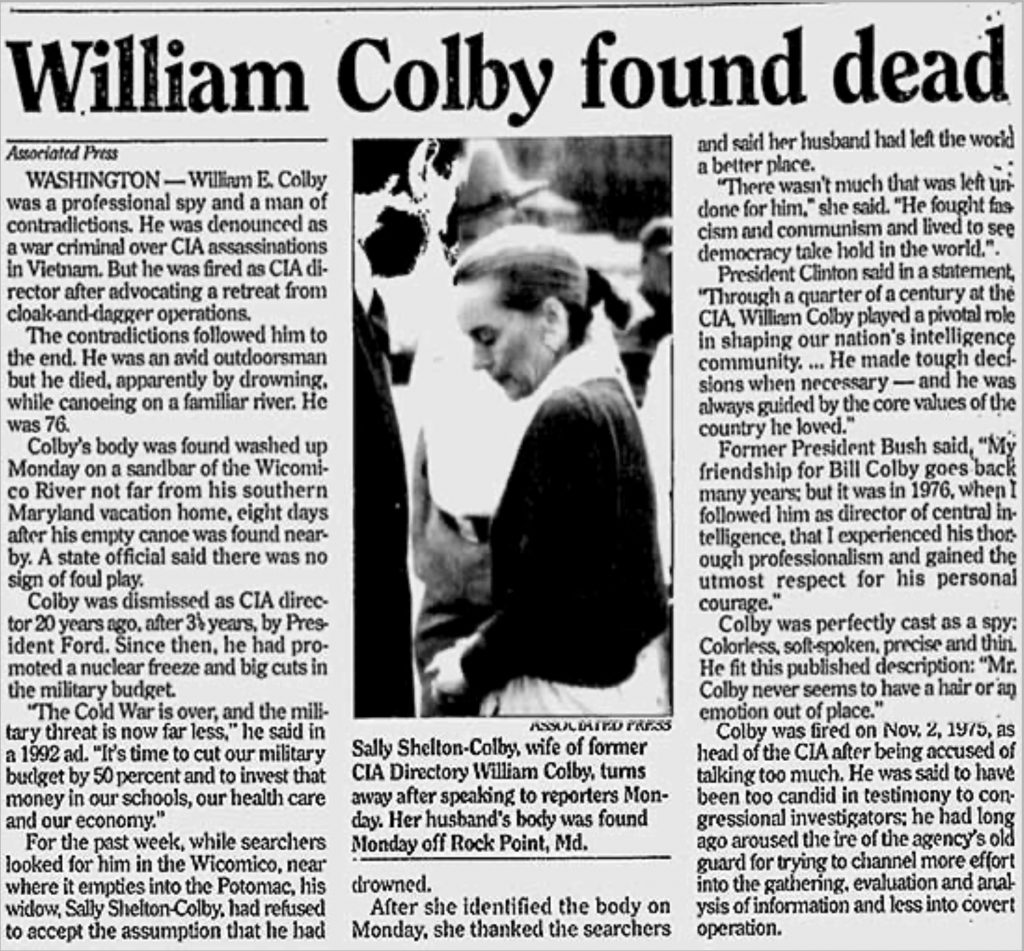
Police investigation should be reopened due to evidence of foul play.
Colby made many enemies inside the Agency by revealing the “Family Jewels.” His “spooky” death 26 years ago today bore similarities to that of CIA veteran John Arthur Paisley, who disappeared on a boat off the Chesapeake Bay 18 years earlier.
[This article is part of CAM’s series on political assassinations.—Editors]
On May 7, 1996, the Charles County Sheriff’s Office found the body of former CIA Director William E. Colby, 76, washed up on the shore of the Wicomico River near his canoe, about a quarter mile from his country home on Cobb Island, Maryland.
Colby’s death was ruled a drowning accident. Nine days earlier, he had allegedly gone canoeing at dusk, never to return.
A graduate of Princeton University who parachuted behind Nazi lines in France during World War II as a member of the Office of Strategic Services (OSS) elite Jedburgh teams, Colby had spent most of his adult life as a cold warrior in his country’s clandestine service, “a soldier-priest,” as a colleague called him, on a covert crusade.[1]
According to his New York Times obituary, Colby “perfected the look of an invisible man: gray suits, graying hair, glasses with translucent frames the color of pale white skin.”

Colby’s son Jonathan said that, for his dad, “the world was very black and white. He fought the Nazis in Europe and then fought the Communists in Vietnam, and as far as he was concerned, these were not good people, full stop.”[2]
In the late 1960s, Colby became a target of anti-war protesters as head of the Phoenix Program in Vietnam, which resulted in the deaths of at least 40,000 civilians.[3]
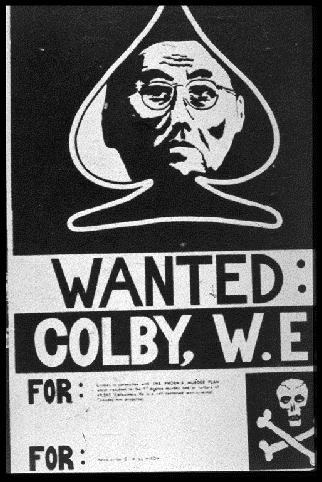
Colby had also supervised the CIA’s secret war in Laos, where the Agency had organized a clandestine army among the Indigenous Hmong to fight the pro-communist Pathet Lao.[4]
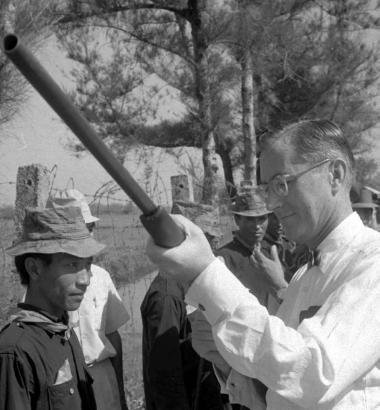
During the 1970s’ Church Committee hearings, Colby helped reveal the CIA’s hidden history—in an attempt to save the Agency—which is what likely led to his death.

Colby admitted that the CIA had violated its charter by spying on Americans, tapping their telephones, reading their tax returns and opening their mail. It had plotted to assassinate Fidel Castro (hundreds of times) and other foreign leaders and conducted LSD experiments on unwitting human guinea pigs.[5]
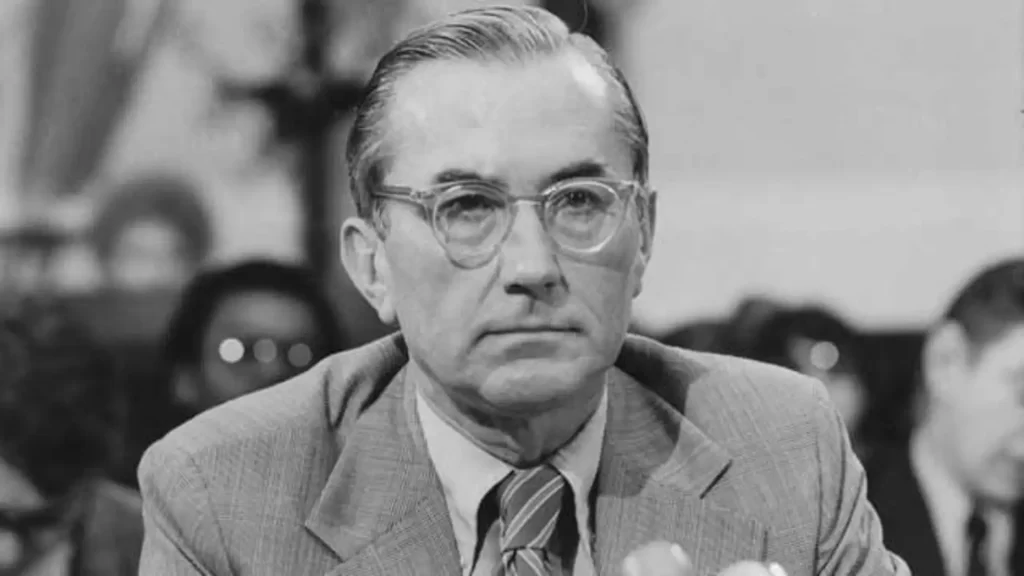
These revelations led senior agency officers to characterize Colby as a “traitor,” with some hinting that he was a Soviet agent.
Colby also told the Justice Department in December 1974 about a) the three-year confinement of KGB defector Yuri Nosenko, which may have violated kidnapping laws; b) the illegal wiretapping of syndicated columnists Robert Allen and Paul Scott; c) the illegal surveillance of columnist Jack Anderson and his associates; d) break-ins at the homes of former CIA employees; and e) illegal surveillance of former CIA operative Victor Marchetti.
Additionally, Colby told the Justice Department that his predecessor, Richard Helms, had misled Congress in a public hearing concerning the CIA’s role in the overthrow of socialist Salvador Allende in Chile.
More recently, on July 28, 1991, Colby had co-authored with Elisa Harris a full-page article in the Washington Post, entitled ” Look Who’s Barring Access to Weapons Sites,” which publicly exposed and lambasted Bush’s two-faced shenanigans concerning Saddam Hussein’s chemical weapons

A Suspicious Death
On April 27, 1996, Colby spent the day at the marina on Cobb Island working on his boat, which he called Eagle Wind II. After he got home at 7:00 p.m., he called his wife Sally Shelton, a high-ranking State Department official visiting her mother in Houston, whom he told he was going to steam some clams, take a shower and then go to bed.
At 7:15 p.m., Colby was spotted in his yard by both his gardener and neighbors watering his willow tree. The gardener, Joseph “Carroll” Wise, went to introduce Colby to his sister. He said that Colby never mentioned to him that he planned to go canoeing, which probably would have come up in small talk. Based on the work that was needed around Colby’s yard, Wise believed that Colby would not have got into his canoe near 8:00 p.m. when darkness would have set in.[6]

Sally Shelton said that Colby was known to occasionally take his canoe out around twilight, but on routes where he hugged the shoreline and stayed in shallow water.[7]
Colby’s canoe was discovered by a local island handyman, Greg Akers, who found it odd that the canoe was filled with sand (it took Akers one hour to empty the sand before he could take it to the marina).[8]
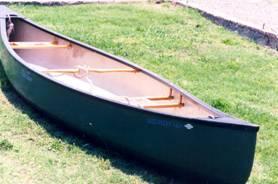
Akers had been out on the water in the days before its discovery and felt that there was no way it could have been filled up with sand in that way unless somebody had wanted the canoe to stay put where it was found.[9]
Akers also found it odd that he never found a life jacket or paddle after searching the area.
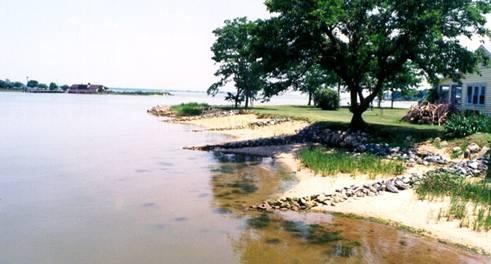
When Colby’s neighbor Alice Stokes checked on the house on April 28th, she found the doors unlocked and that Colby’s radio and computer were on. Colby had not finished his clams—his favorite dish—which were only half-eaten.[10]
According to a culinary expert, the clams would have taken at least 20-30 minutes to cook. This means that it was almost impossible that he could have gone canoeing before sunset—especially considering that he also made corn and uncorked a bottle of wine, and set it all up to eat in his sunroom, which doubled as a dining room.[11]
When Stokes entered Colby’s house, the dish with the clams was on the counter, with another one on the stove. An unfinished glass of wine was left on the counter, and an open wine bottle without much missing on the table in the sunroom.[12]
According to Stokes and others who knew him, Colby was the kind of person who would have capped the wine bottle before leaving to go anywhere and put it in the fridge.
Having grown up in a military family, he was neat and immaculate in how he kept his house and extremely prudent. He would never have taken a risk by going boating in deep waters at night—on a spur-of-the-moment decision that led him to leave half his dinner uneaten.
Where Is Colby?
Colby’s body was not found for nine days, despite a massive search effort the day after his disappearance involving a dozen Navy divers aided by two helicopters and more than 80 volunteers.
The body was located about 40 meters from where Kevin Akers found the canoe in an area that was accessible by car and foot. It looked like it had been in water for one or two days—not nine.
It had almost no bloating, which would have been expected.[13]
Akers said that, if Colby’s canoe had really gone down in this area, the body would have washed up ashore in a few days— in the exact same spot as the canoe and not forty meters away because the current would have pushed the canoe in the direction of the body.[14]

Akers also found it odd that the searchers found a dozen life jackets, but not Colby’s, which had distinct markings, and was one he always took with him when he boated.[15]
A tow rope was also found on Colby’s canoe, when no one had seen one on it before.[16]
The Maryland state medical report determined that Colby had died one to two hours after eating. That meant he had died between 8:45 and 10:00 p.m., paddling around in his canoe in the dark for at least an hour beforehand, which is unlikely.[17]
CIA Cover-up
The CIA, which had had exclusive control of the death scene, tried to assure Colby’s wife, Sally Shelton, that his death was accidental but refused to share details of its investigation.
After 15 years, Colby’s family obtained a copy of the coroner’s report which concluded that there was no evidence of a cardiovascular incident—which was said to have been the reason Colby had drowned.[18]
Jonathan Colby told a reporter that his dad’s body was found without his shoes, likely the result of his kicking the water, and largely inconsistent with drowning or suicide.[19]
A Thorn in Somebody’s Side
John DeCamp, a lawyer who investigated child sex abuse scandals in Pennsylvania and knew Colby well, told FBI Agent John Gunderson:
“you have to understand the character of Bill Colby. Bill Colby was raised as a Catholic, super-strict. His entire life was rigidly following rules. So when they tell me that he goes out under these conditions, falls out of his canoe, then drowns and can’t be found for ten days, and then ten days later or whatever they find him in the exact same spot where they’ve searched a thousand times but he wasn’t there, then I say “aha, right,” and I say exactly what Bill always used to say: “If It’s done right, you will never know who did it or why…I believe that for whatever reason, he was a thorn in somebody’s side, and he had to be shut up.”
Before he died, Colby had said it was possible that organized crime is “calling the shots” at all levels of government. Earlier, prior to his retirement, Colby had angered many in the CIA’s Old Guard by stripping veteran operative James J. Angleton, a longtime ally of CIA Director Richard Helms, of the Israeli desk, forcing him into retirement.
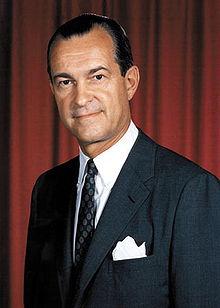
Colby also refused to support the right-wing Team B, which interpreted intelligence data on the Soviet Union’s nuclear capabilities in a much more alarming way than Colby’s CIA.[20]
Team B led to the establishment of the second Committee on the Present Danger—which pushed for a trillion-dollar military build-up to counter the alleged Soviet menace. It also backed a virtual CIA coup led by Theodore Shackley, Frank Carlucci, and George H. W Bush (all close allies of Helms and Angleton) which put Ronald Reagan in the White House.[21]

Crowley’s Prediction
Former CIA Assistant Deputy Director for Operations Robert Crowley predicted that Colby—whom he said was involved in opium trafficking in Southeast Asia—would be killed a month before his death as retribution for snitching to the Church Committee.
Crowley told author Gregory Douglas that he “knew for a fact” that some of the “old ones,” “they are going to kill [Colby] for that. Watch the papers pretty soon.”
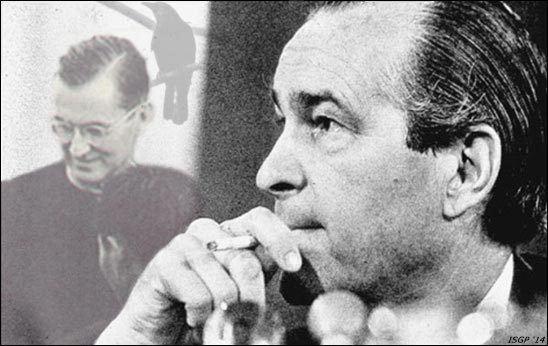
Plausible Scenarios
Zalin Grant, Colby’s friend from Vietnam who investigated his murder, envisioned a scenario in which in the early evening of his death, two or three men parked near Colby’s cottage, took him by surprise and abducted him. Another two or three men then may have come by boat, tied on to Colby’s canoe, pulled it loose from its mooring and towed it away.
Subsequently, they suffocated Colby and put him on ice. The water-borne assassins then took the canoe and placed it on the shoreline filled with sand to keep it from drifting away, and then returned later to place Colby’s body near it—however on the wrong side of the spit of land.[22]
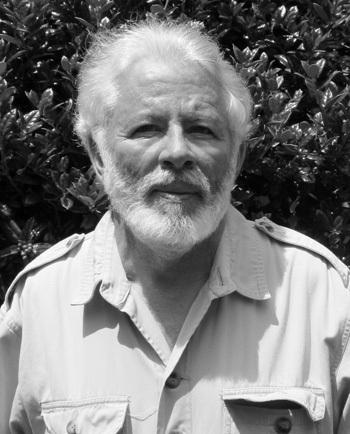
Susan Colby, Bill’s daughter-in-law, later heard a rumor that a group of Vietnam veterans who frequented a bar near the marina had targeted Colby for what they believed to be their betrayal during the war.[23]
Another “Spooky” Case
Colby’s death bore eerie resemblances to that of retired CIA officer John Arthur Paisley in what Senate investigators characterized as one of the “spookiest” cases ever. Paisley also disappeared in a boat on the Chesapeake Bay on September 23, 1978, less than 40 miles from where Colby vanished.
Like Colby’s canoe, Paisley’s sailboat, Brillig—which possessed sophisticated communications equipment—had been found abandoned and partly submerged.[24] Later on, Paisley’s body was identified in the bay, fitted with weighted diver’s belts around the waist. He had been shot in the head with a nine-millimeter bullet.[25]
Paisley’s ex-wife Maryann said afterwards that she did not believe that the body was that of her estranged husband, as it was four inches shorter and some thirty pounds lighter than him.
The Maryland State Police initially suggested that his death was by suicide, and the CIA, in response to questions posed by reporters, saw “no reason to disagree.” The Maryland police later concluded that death was “undetermined,” however, only after a belated investigation was marred by what they called the “contamination” of evidence by CIA security officers, who were the first to search the boat.[26]
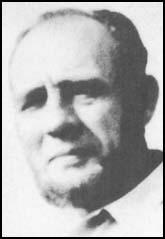
Paisley’s body had been cremated but, unusually, the hands were first severed and sent to the FBI. The bullet that killed him was fired behind his left ear, which is odd for a suicide. In newspaper interviews, Paisley’s psychiatrist and a woman friend whom he saw often before his disappearance said that he had given no “clues” of contemplating suicide.[27]
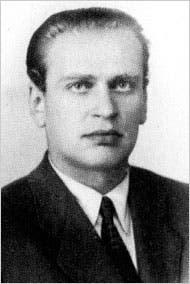
Born in Sand Springs, Oklahoma, Paisley had enjoyed a 25-year career in the Agency. An expert in Soviet nuclear capability, he had helped debrief Yuri Ivanovich Nosenko, the most senior KGB defector in the 1960s, and became a close confidante of George H.W. Bush, whose private telephone numbers were found in his phone books.
Holding an electrical engineering degree from the University of Chicago, Paisley also worked closely with CIA counterintelligence director James J. Angleton, who had recruited Paisley when he worked as a radio operator in Palestine before the founding of the State of Israel.[28]
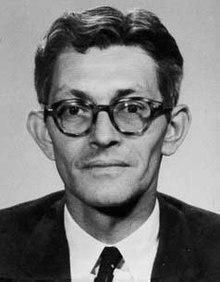
After his death, the CIA underplayed Paisley’s stature within the Agency and role as an undercover operative. Paisley participated in a secret project to discredit leakers of the Pentagon Papers. He was a liaison to Nixon’s Plumbers, and had broken into foreign embassies on their behalf, and participated in sex parties in Washington where high-level Nixon appointees tied up women and beat them.[29]
During Gerald Ford’s presidency, Paisley served as a deputy director of the CIA’s Office of Strategic Research. In that capacity, he played an important behind-the-scenes role in the Team B report of 1976 which promoted alarmist views about the Soviet Union and was critical of the Nixon-Kissinger policy of détente.[30]
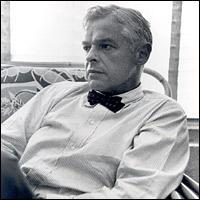
Team B’s members included hard-line neo-conservatives such as Richard E. Pipes, Clare Boothe Luce, Edward Teller, Paul Wolfowitz (Arms Control and Disarmament Agency), General John W. Vogt, and Paul Nitze (Assistant Secretary of Defense for International Affairs), one of the fathers of the Cold War.
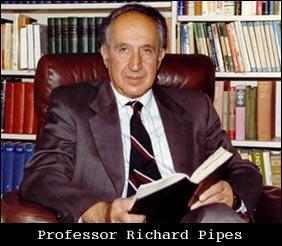
Holding access to highly classified intelligence information, Paisley had been under pressure to inflate the Soviet threat to justify high military budgets and could have been seen as a barrier to the neo-conservatives’ efforts to reinvigorate the Cold War.
Another theory was that Paisley had become a Soviet spy and that the Chesapeake Bay incident had been contrived to disguise Paisley’s defection. Others have hypothesized that Paisley was killed like Colby by the CIA’s Old Guard, who resented his warm relations with Nosenko, whom the Old Guard believed to be a double agent.[31]

-
Colby won the Silver Star and French Croix de Guerre while assisting the French underground as a member of the Office of Strategic Services (OSS) in World War II. He then went to work for a Manhattan law firm, Donovan, Leisure, Newton & Lombard, run by the founder of the Office of Strategic Services, William J. Donovan, who recruited him into the CIA. ↑
-
Christina Wilkie, “Former CIA Director’s Death Raises Questions, Divides Family,” The Huffington Post, December 5, 2011, https://www.huffpost.com/entry/former-cia-directors-death-raises-questions-divides-family_n_1130176?1323131905= ↑
-
See John Prados, Lost Crusader: The Secret Wars of CIA Director William Colby (New York: Oxford University Press, 2003); Douglas Valentine, The Phoenix Program (New York: Morrow, 1990). ↑
-
Randall B. Woods, Shadow Warrior: William Egan Colby and the CIA (New York: Basic Books, 2013), 5. ↑
-
Prados, Lost Crusader. ↑
-
See Zalin Grant, “Who Murdered the CIA Chief? William E. Colby—A Highly Suspicious Death,” http://www.pythiapress.com/wartales/colby.htm; Woods, Shadow Warrior, 2. ↑
-
Grant, “Who Murdered the CIA Chief?” ↑
-
Grant, “Who Murdered the CIA Chief?” ↑
-
Grant, “Who Murdered the CIA Chief?”; Woods, Shadow Warrior, 2. ↑
-
Prados, Lost Crusader, 2. ↑
-
Grant, “Who Murdered the CIA Chief?” ↑
-
Grant, “Who Murdered the CIA Chief?” ↑
-
Grant, “Who Murdered the CIA Chief?”; Woods, Shadow Warrior, 4. ↑
-
Grant, “Who Murdered the CIA Chief?”; Woods, Shadow Warrior, 3. ↑
-
Grant, “Who Murdered the CIA Chief?” ↑
-
Grant, “Who Murdered the CIA Chief?” ↑
-
Grant, “Who Murdered the CIA Chief?” ↑
-
Woods, Shadow Warrior, 5. ↑
-
Christina Wilkie, “Former CIA Director’s Death Raises Questions, Divides Family.” ↑
-
According to Anne Hessing Cahn, an arms control official in the Carter administration, “for Team B, it wasn’t a question of whether the Russians were coming. They were here. (And probably working at the CIA!).” Exaggeration of the Soviet menace led to “a trillion-dollar military buildup. As a result, we neglected our schools and cities, our health-care system, our roads and bridges, and parks.” A lifelong Democrat fashioning himself a liberal anti-communist, Colby in the 1970s and 1980s favored nuclear disarmament and détente, though continued to favor large budgets for covert action which he felt could “forestall much more serious problems later.” Woods, Shadow Warrior, 471, 472, 476. In 1989, Colby published a revisionist book about the Vietnam War, arguing that the U.S. had triumphed where it counted—in the countryside—and that, if Congress and the American people had stood by South Vietnam, the 1975 North Vietnamese invasion could have been thwarted. ↑
-
See Joseph J. Trento, Prelude to Terror: The Rogue CIA and the Legacy of America’s Private Intelligence Network (New York: Carroll & Graf Publishers, 2005). ↑
-
Woods, Shadow Warrior, 5. ↑
-
Woods, Shadow Warrior, 5. ↑
-
Prados, Lost Crusader, 2, 3. ↑
-
Prados, Lost Crusader, 3; Tad Szulc, “The Missing CIA Man,” The New York Times, January 7, 1979; Woods, Shadow Warrior, 3. ↑
-
Szulc, “The Missing CIA Man.” ↑
-
Szulc, “The Missing CIA Man.” ↑
-
Szulc, “The Missing CIA Man.” ↑
-
Joseph J. Trento, Prelude to Terror, 96, 97; Joseph J. Trento, Susan Trento, and William Corson, Widows: Four American Spies (London: Macdonald Co., 1989). ↑
-
Prados, Lost Crusader, 3. ↑
-
On the latter, see William Safire, “Slithy Toves of CIA,” The New York Times, January 22, 1979, https://timesmachine.nytimes.com/timesmachine/1979/01/22/issue.html Nosenko also may have provided information on Lee Harvey Oswald that indicated he was a CIA agent and likely patsy in the Kennedy assassination, which Paisley may have been privy to. Nosenko had pointed to Oswald cutting any ties to the KGB, which undercut the narrative that the KGB was behind Kennedy’s assassination—a view advanced by Angleton and in Edward Jay Epstein’s 1978 book Legend. ↑
CovertAction Magazine is made possible by subscriptions, orders and donations from readers like you.
Blow the Whistle on U.S. Imperialism
Click the whistle and donate
When you donate to CovertAction Magazine, you are supporting investigative journalism. Your contributions go directly to supporting the development, production, editing, and dissemination of the Magazine.
CovertAction Magazine does not receive corporate or government sponsorship. Yet, we hold a steadfast commitment to providing compensation for writers, editorial and technical support. Your support helps facilitate this compensation as well as increase the caliber of this work.
Please make a donation by clicking on the donate logo above and enter the amount and your credit or debit card information.
CovertAction Institute, Inc. (CAI) is a 501(c)(3) non-profit organization and your gift is tax-deductible for federal income purposes. CAI’s tax-exempt ID number is 87-2461683.
We sincerely thank you for your support.
Disclaimer: The contents of this article are the sole responsibility of the author(s). CovertAction Institute, Inc. (CAI), including its Board of Directors (BD), Editorial Board (EB), Advisory Board (AB), staff, volunteers and its projects (including CovertAction Magazine) are not responsible for any inaccurate or incorrect statement in this article. This article also does not necessarily represent the views the BD, the EB, the AB, staff, volunteers, or any members of its projects.
Differing viewpoints: CAM publishes articles with differing viewpoints in an effort to nurture vibrant debate and thoughtful critical analysis. Feel free to comment on the articles in the comment section and/or send your letters to the Editors, which we will publish in the Letters column.
Copyrighted Material: This web site may contain copyrighted material the use of which has not always been specifically authorized by the copyright owner. As a not-for-profit charitable organization incorporated in the State of New York, we are making such material available in an effort to advance the understanding of humanity’s problems and hopefully to help find solutions for those problems. We believe this constitutes a ‘fair use’ of any such copyrighted material as provided for in section 107 of the US Copyright Law. You can read more about ‘fair use’ and US Copyright Law at the Legal Information Institute of Cornell Law School.
Republishing: CovertAction Magazine (CAM) grants permission to cross-post CAM articles on not-for-profit community internet sites as long as the source is acknowledged together with a hyperlink to the original CovertAction Magazine article. Also, kindly let us know at info@CovertActionMagazine.com. For publication of CAM articles in print or other forms including commercial internet sites, contact: info@CovertActionMagazine.com.
By using this site, you agree to these terms above.
About the Author

Jeremy Kuzmarov holds a Ph.D. in American history from Brandeis University and has taught at numerous colleges across the United States. He is regularly sought out as an expert on U.S. history and politics for radio and TV programs and co-hosts a radio show on New York Public Radio and on Progressive Radio News Network called “Uncontrolled Opposition.”
He is Managing Editor of CovertAction Magazine and is the author of six books on U.S. foreign policy, including Obama’s Unending Wars (Clarity Press, 2019), The Russians Are Coming, Again, with John Marciano (Monthly Review Press, 2018), Warmonger. How Clinton’s Malign Foreign Policy Launched the U.S. Trajectory From Bush II to Biden (Clarity Press, 2023); and with Dan Kovalik, Syria: Anatomy of Regime Change (Baraka Books, 2025).
Besides these books, Kuzmarov has published hundreds of articles and contributed to numerous edited volumes, including one in the prestigious Oxford History of Counterinsurgency .
He can be reached at jkuzmarov2@gmail.com and found on substack here.

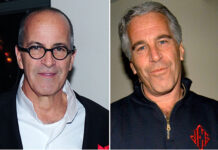
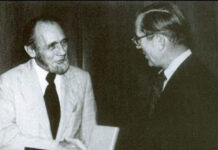
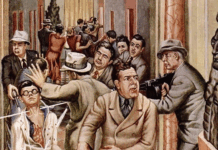

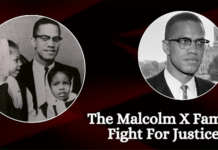
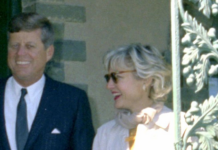
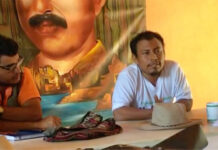
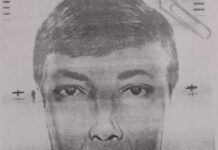
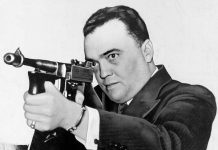

Great story. This guy was an exceptional American who was caught up in the illegal and wicked tactics of the CIA, from the beginning…and that costs him his life.
I realize the need for our Intelligence Communities, but what’s dangerous is how they can be used against our own citizens…as we see here, and in the past (MLK, Hoover, Kennedy, Clinton, Trump, average citizens).
These organizations are especially harmful when they covertly spy on opposing political members, and create false dossiers – in an attempt to impeach, discredit, and remove elected officials.
Or, they are among the citizens of our nation, and stir up strife (Michigan Governor Kidnapping attempt, Summer of 2020 riots, Jan 6 Riot, etc).
This Colby guy hit the nail on the head, when he said, “if it’s done right, no one will know, or why” – that’s America now!
[…] Who Whacked CIA Spy Chief William Colby? […]
[…] A graduate of Princeton University who parachuted behind Nazi lines in France during World War II as a member of the Office of Strategic Services (OSS) elite Jedburgh teams, Colby had spent most of his adult life as a cold warrior in his country’s clandestine service, “a soldier-priest,” as a colleague called him, on a covert crusade.[1] […]
Absolutely nothing innocent about Colby’s death. The reason seems likely to be something that grey, shadow men feared he would reveal, not what he had already disclosed two decades earlier.
As you say, Susan Mazur wrote that, “Before he died, Colby had said it was possible that organized crime is “calling the shots” at all levels of government.” What did he know in retirement in 1996? Was it that CIA practices and illegality around the world had come home to the U.S.? Something else? Was he quietly investigating?
1996 was the year Gary Webb published his controversial, ultimately vindicated investigative report in the San Jose Mercury News, that showed how the contra operation in Nicaragua was bringing crack cocaine into Los Angeles and using profits to support the contras. A chorus of “big” papers, NYT, LAT, challenged Webb’s reporting.
In 1996 Clinton was president, after having served as governor of Arkansas, while a major contra operation was running out of Mena, Arkansas, under Barry Seal’s leadership. (See “American Made” w/ Tom Cruise.) According to CIA contractor Terry Reed (Compromised), some of the drug profits from this operation were apparently funneled into the Clinton campaign, as well as into Clinton’s popular program to improve Arkansas infrastructure.
30 years later, it seems clear that more sophisticated schemes operate in a a zone beyond law, with far reaching influence on government and society, where law is sometimes just another useful measure for harassing and attacking opponents or keeping allies in line. Whatever Colby knew or suspected in 1996 we cannot know.
Again, exceptional reporting! You’re hitting them well out of the park on a consistent basis, Jeremy.
Schumer was right: they DO have six ways from Sunday of getting back at you (and have for some time).
And since Jack Kennedy had threatened to ‘tear the CIA into a thousand pieces and scatter them to the wind’ …
Just a correction: John DeCamp worked on uncovering the child prostitution and blackmail ring out of Omaha, Nebraska. Colby advised him to make it public, so that he wouldn’t be murdered.
The saying is good. The interpretation sounds a little off. 100 kopeks = 1 rouble. Not so hard to get in, but exit is costly?
As Vladimir Rezun (aka “Victor Suvorov”) wrote in at least one of his books, the Soviet GRU (military intelligence) had a charming rule: “It’s a kopeck to get in, but a rouble to get out”.
In other words, it was hard to get into the GRU, but in practice the only way to get out was to die – one way or another. Rezun described how GRU headquarters had its own crematorium, in which ex-employees were incinerated, whether dead or alive at the time.
It seems unlikely that CIA is any less careful.